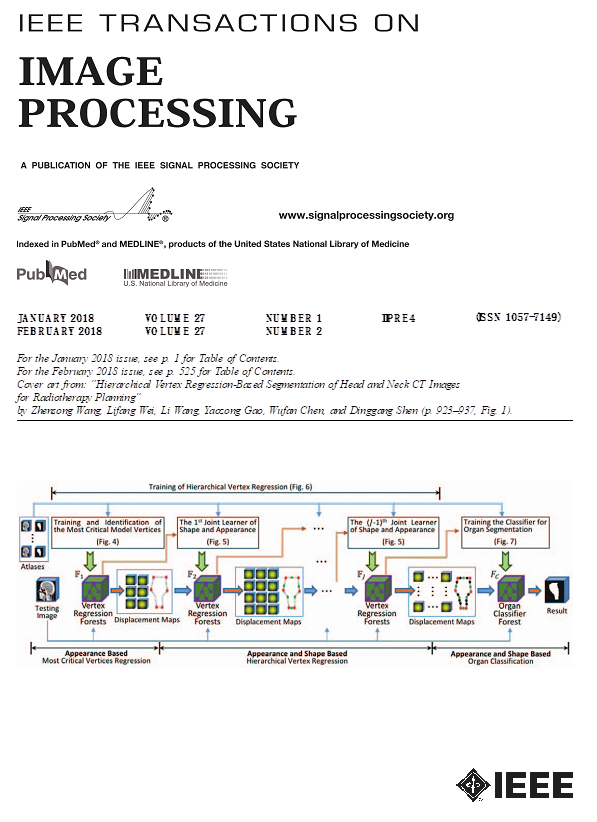带噪声标签的流视图分类。
IF 13.7
1区 计算机科学
Q1 COMPUTER SCIENCE, ARTIFICIAL INTELLIGENCE
引用次数: 0
摘要
在许多图像处理任务中,例如动态场景的3D重建,对象的不同类型的描述(即视图)以流的方式出现。流视图学习为这一动态视图问题提供了有效的解决方案。在这个范例中,现有的流视图学习方法通常假设所有标签都是准确的。然而,在许多现实世界的应用程序中,最初的视图可能不够好,无法进行特征描述,从而导致有噪声的标签,从而降低分类性能。如何学习一个同时处理视图演化和标签歧义的模型是一个关键的问题,但尚未被探索。本文提出了一种基于噪声标签的流视图分类方法(SVCNL)。我们根据新视图的出现对噪声标签进行校正,从而更准确地反映数据的动态变化。利用视图的顺序性和不可访问性,该方法调整现有模型,通过利用当前阶段的数据来继承前一阶段的信息。它通过标签转移矩阵重构有噪声的标签,并使用图嵌入策略建立真标签与样本之间的关系,逐步纠正有噪声的标签。结合对泛化边界的理论分析,大量的实验证明了该方法的有效性。本文章由计算机程序翻译,如有差异,请以英文原文为准。
Streaming View Classification with Noisy Label.
In many image processing tasks, e.g., 3D reconstruction of dynamic scenes, different types of descriptions, a.k.a., views, of an object are emerging in a streaming way. Streaming view learning provides an effective solution to this dynamic view problem. In this paradigm, existing streaming view learning methods typically assume that all labels are accurate. However, in many real-world applications, the initial views may be not good enough for characterizing, leading to noisy labels that degrade classification performance. How to learn a model for simultaneous view evolving and label ambiguity is critical yet unexplored. In this paper, we propose a novel method called Streaming View Classification with Noisy Label (SVCNL). We calibrate noisy labels according to the emerging of new views, thereby reflecting the dynamic changes in the data more accurately. Leveraging the sequential and non-revisitable nature of views, the method tunes existing models to inherit information from previous stages by utilizing current-stage data. It reconstructs noisy labels through a label transition matrix and establishes relationships between true labels and samples using a graph embedding strategy, progressively correcting noisy labels. Together with the theoretical analyses about generalization bounds, extensive experiments demonstrate the effectiveness of the proposed approach.
求助全文
通过发布文献求助,成功后即可免费获取论文全文。
去求助
来源期刊

IEEE Transactions on Image Processing
工程技术-工程:电子与电气
CiteScore
20.90
自引率
6.60%
发文量
774
审稿时长
7.6 months
期刊介绍:
The IEEE Transactions on Image Processing delves into groundbreaking theories, algorithms, and structures concerning the generation, acquisition, manipulation, transmission, scrutiny, and presentation of images, video, and multidimensional signals across diverse applications. Topics span mathematical, statistical, and perceptual aspects, encompassing modeling, representation, formation, coding, filtering, enhancement, restoration, rendering, halftoning, search, and analysis of images, video, and multidimensional signals. Pertinent applications range from image and video communications to electronic imaging, biomedical imaging, image and video systems, and remote sensing.
 求助内容:
求助内容: 应助结果提醒方式:
应助结果提醒方式:


